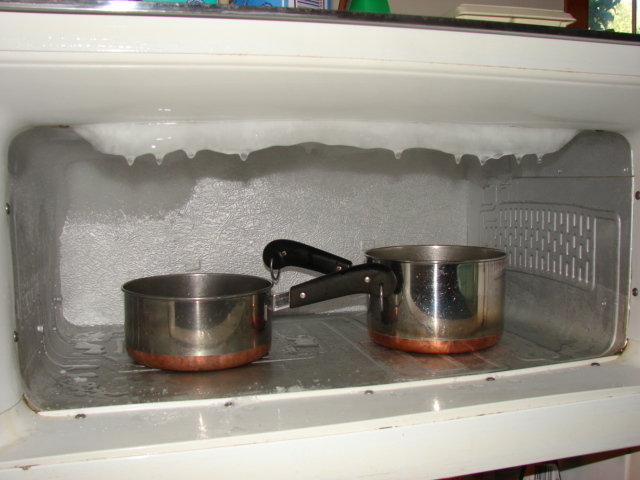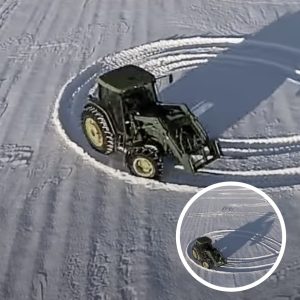
The image you shared brings back memories for many who remember the days before modern self-defrosting freezers. It shows an old freezer, heavily covered in frost, a reminder of a time when freezer maintenance required more hands-on attention. For those unfamiliar with the process, this often meant turning off the freezer and manually removing the accumulated frost with tools like spatulas or pans of hot water.
A Bygone Household Chore
In the mid-20th century and earlier, freezers were not equipped with the automatic defrosting technology common today. As a result, ice would build up along the walls and on the shelves, reducing storage space and making it difficult to access items. To combat this, families had to defrost their freezers, often a messy and time-consuming task.
The process involved unplugging the freezer and waiting for the ice to melt, which could take several hours. Some people sped up the process by placing pots of boiling water inside the freezer or using plastic scrapers to remove the ice more quickly. Once the ice was gone, everything would be wiped down and dried before plugging the freezer back in and restoring its contents.
Technological Advancements
Thankfully, innovations like frost-free or self-defrosting freezers emerged in the 1950s, sparing people from this cumbersome task. These freezers use a small heating element and fans to circulate air, preventing frost from accumulating. The advent of this technology has been a major convenience in modern homes, making the job of maintaining a freezer almost effortless.
The Nostalgic Appeal
While defrosting a freezer was a chore, it’s an example of how much household appliances have evolved. Images like the one you shared are often a source of nostalgia, reminding us of how far technology has come and evoking memories of family routines and rituals that are now obsolete.
For some, remembering these tasks is a way of connecting to a simpler time, while for others, it’s a reminder of the conveniences we now take for granted. This image is a window into the past, a piece of everyday history that shows just how much has changed in the world of home appliances.





